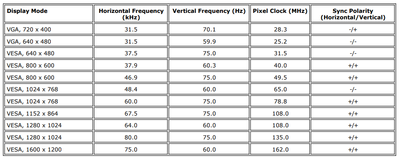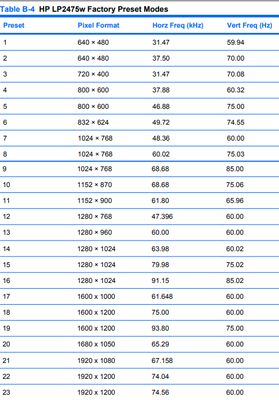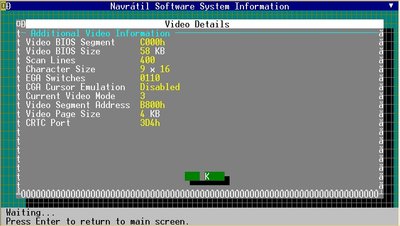Reply 20 of 71, by ruthan
- Rank
- Oldbie
I tested other PCI-E cards, mainly with X58+Xeon 5660, i also added to main post, some info which cards would be nicer to test and i dont have them.. and some additional links, which can be handy.
- X58 + PCI-E cards performance at least with enhancers seems to be not crippled as PCI cards performance, expect Doom than its still slower than on other chipset, why i dont know.. Maybe someone with DOS debuggers like CodeView or Insight or with Dosbox debugger and used instruction knowledge would be able to say where is problem.. I saw at least once guy with such skill on this forum, they exist 😀 Its also worth noting that enhancers working (=improve performance) with X58 a bit less often than with older chipsets, its differs on resolution level even within 1 game.
- Radeon HD 3450 - yesterday i wrote how bad card it is.. well today i find out that its fastest yet tested one, at least with enhancers, it pass 60 FPS in all test if its combined with X58 and fast CPU. Its simply needs fast CPU to kicking its ass, its scale nice with CPU power.
- Radeon X800 performance is not such dependent on cpu power as R3450, but with Xeon, also pass my 55+ FPS mark in all games with enhancers on X58.
- X58 PCI-E cards, when enhancers arent working or turned on.. have very similar or same performance in Q2, so it seems that result are limited by other factors.
- It could be coincidence, but Quake 1 high resolution results for my fastest ATI/AMD cards all have exactly 60 FPS, like would be here some 60 FPS cap.. i know that it make no sense for DOS, unless its there something like refresh rate barrier trigger only by some resolution and games etc.. but i saw stranger things, we will see with other results. I already have faster Xeon in my drawer.
- Its seems that for fastest machines are ATI / AMD card much better choice than Nvidia cards, i thing that similar effect (but not so dominant) showed some Windows benchmarks with new fast machine and other cards.
- Geforce 730 difference, i have two G730 cards, one with GDRR3 and one with GDRR5 - i though than difference would be only in memory, but card with GDRR3 has not blinking problem and working with VIA 880 chipset, GDRR5 card has blinking problem (again Q1 only Q2 same resolution is not affected) and not working with VIA no picture at all + broken Text modes in FileWizzard. It could be manufacturer or bios difference, slower if Gigabyte, faster is Zotac, its i also has 4 GB of VRAM what is of course useless on such card..
Im sure that someone else would be able to find additional interesting patters in results..
Im old goal oriented goatman, i care about facts and freedom, not about egos+prejudices. Hoarding=sickness. If you want respect, gain it by your behavior. I hate stupid SW limits, SW=virtual world, everything should be possible if you have enough raw HW.


